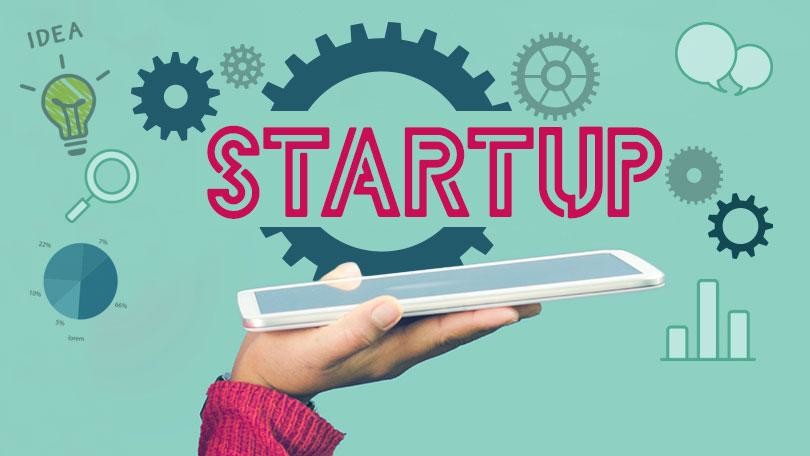Introduction
The tech industry is booming, and with it, the opportunities to launch successful startups. But building a tech startup is no easy feat. It requires a unique blend of technical expertise, business acumen, and unwavering determination. This guide will walk you through the key steps to bring your tech idea to life.
Step 1: Validate Your Idea
Market Research: Conduct thorough market research to identify your target audience and competition.
Problem-Solution Fit: Ensure your idea solves a real problem and offers a unique solution.
Minimum Viable Product (MVP): Develop a basic version of your product to test its market viability.
Step 2: Build Your Team
Technical Expertise: Hire skilled developers, engineers, and designers.
Business Acumen: Recruit individuals with strong business skills, including marketing, sales, and finance.
Cultural Fit: Foster a collaborative and innovative culture within your team.
Step 3: Secure Funding
Bootstrapping: Self-fund your startup using personal savings or loans.
Angel Investors: Seek funding from individual investors who provide capital in exchange for equity.
Venture Capital: Raise funds from venture capital firms that invest in high-growth potential startups.
Crowdfunding: Use online platforms to raise funds from a large number of individuals.
Step 4: Develop Your Product
Agile Development: Use agile methodologies to prioritize features and deliver incremental updates.
User Experience (UX) Design: Focus on creating a user-friendly and intuitive interface.
Quality Assurance: Implement rigorous testing procedures to ensure product reliability.
Step 5: Launch and Market Your Product
Launch Strategy: Develop a comprehensive launch plan, including marketing campaigns and public relations.
Digital Marketing: Utilize SEO, social media, and content marketing to reach your target audience.
Customer Acquisition: Implement effective customer acquisition strategies to attract and retain users.
Step 6: Scale Your Business
Growth Hacking: Employ creative marketing techniques to rapidly increase user growth.
Strategic Partnerships: Collaborate with other businesses to expand your reach and market share.
International Expansion: Consider expanding your operations to international markets.
Step 7: Continuous Innovation
Stay Updated: Keep up with the latest technological trends and industry developments.
Customer Feedback: Listen to customer feedback and incorporate it into your product roadmap.
Iterate and Improve: Continuously refine your product to meet evolving customer needs.
Conclusion
Building a successful tech startup is a challenging but rewarding endeavor. By following these steps and staying focused on your vision, you can increase your chances of achieving long-term success. Remember, the journey is just as important as the destination, so enjoy the process and learn from your mistakes.
Technology has revolutionized the way we learn and teach. The traditional classroom is evolving into a digital learning environment, offering a wide range of tools and resources to enhance the educational experience. Let’s explore how technology is transforming education:
Benefits of Technology in Education
- Personalized Learning: Technology enables educators to tailor instruction to the individual needs and learning styles of each student.
- Enhanced Engagement: Interactive tools and multimedia content can captivate students’ attention and make learning more enjoyable.
- Access to Information: Students can access a vast amount of information and resources online, fostering critical thinking and research skills.
- Remote Learning: Online learning platforms allow students to access education from anywhere, making it more flexible and accessible.
- Collaborative Learning: Technology facilitates collaboration among students, enabling them to work together on projects and share ideas.
Tools and Technologies Shaping Education
- Learning Management Systems (LMS): Platforms like Moodle and Canvas provide a centralized hub for course materials, assignments, and communication.
- Educational Apps: Apps like Kahoot! and Quizlet offer interactive quizzes and games to reinforce learning.
- Virtual and Augmented Reality: Immersive technologies create realistic experiences that enhance learning and comprehension.
- Artificial Intelligence (AI): AI-powered tools can personalize learning experiences, automate tasks, and provide intelligent tutoring.
- Online Video Conferencing: Tools like Zoom and Microsoft Teams enable remote learning and virtual classrooms.
Challenges and Considerations
While technology offers numerous benefits, it also presents challenges:
- Digital Divide: Ensuring equal access to technology for all students can be a significant challenge.
- Teacher Training: Educators need to be equipped with the necessary skills to effectively use technology in the classroom.
- Cybersecurity: Protecting student data and preventing cyberattacks is crucial.
The Future of Education
As technology continues to advance, the future of education holds immense potential. We can expect to see even more innovative tools and strategies that will transform the way we learn and teach.
Key Trends in Education Technology:
- AI-Powered Personalized Learning: AI algorithms can analyze student data to tailor instruction to individual needs.
- Gamification: Incorporating game elements into learning to make it more engaging and fun.
- Blockchain Technology: Ensuring secure and transparent record-keeping of academic credentials.
- Internet of Things (IoT): Using IoT devices to collect and analyze data for educational purposes.
By embracing technology and addressing its challenges, we can create a future where education is more accessible, effective, and inspiring for all.
